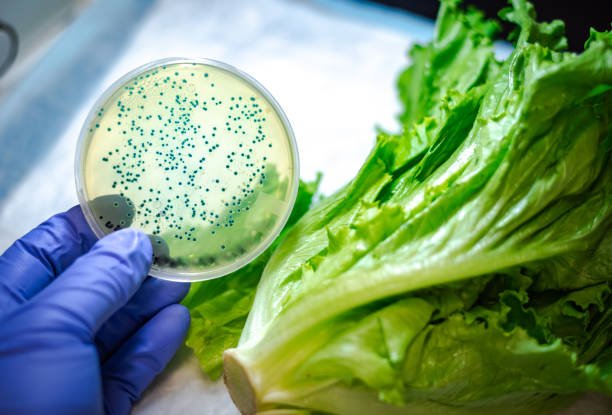Inside BENEO’s new pulse plant: pioneering sustainable protein from faba beans
Tuning of properties of Gold-nanorods using DC electric field paves way for more efficient way of detecting food contamination
In a recent study, researchers at the Raman Research Institute (RRI), Bengaluru have found that properties of gold-nanorods (Au-NR) can be tuned by applying external forces for devising sensors that can detect trace amounts of molecules, paving the way for more efficient way of detecting food contamination.
Gold nanorods have unique plasmonic properties. They can be used as sensors in the detection of minute amounts of particles (femto-moles of molecules) and also in the fluorescent enhancement of low-quantum yield molecules. To be used as sensors, they needed to arrange the particles in 2D arrays.
The research team studied how the Au-NRs react in the absence and presence of DC electric field. Multiple regions of homogeneously aligned Au-NR were detected in the absence of a DC electric field. When a DC electric field was applied perpendicular to the substrate, the Au-NRs at the outer coffee ring edge rotated and aligned along the applied field’s direction. However, in other regions of the coffee ring, the orientation of the Au-NR clusters was found to be insensitive to the presence of the electric field.
The scientists concluded that, by applying external forces, the properties of these nanorods can be tuned, leading to technological implications like devising sensors for detecting trace amounts of molecules.

